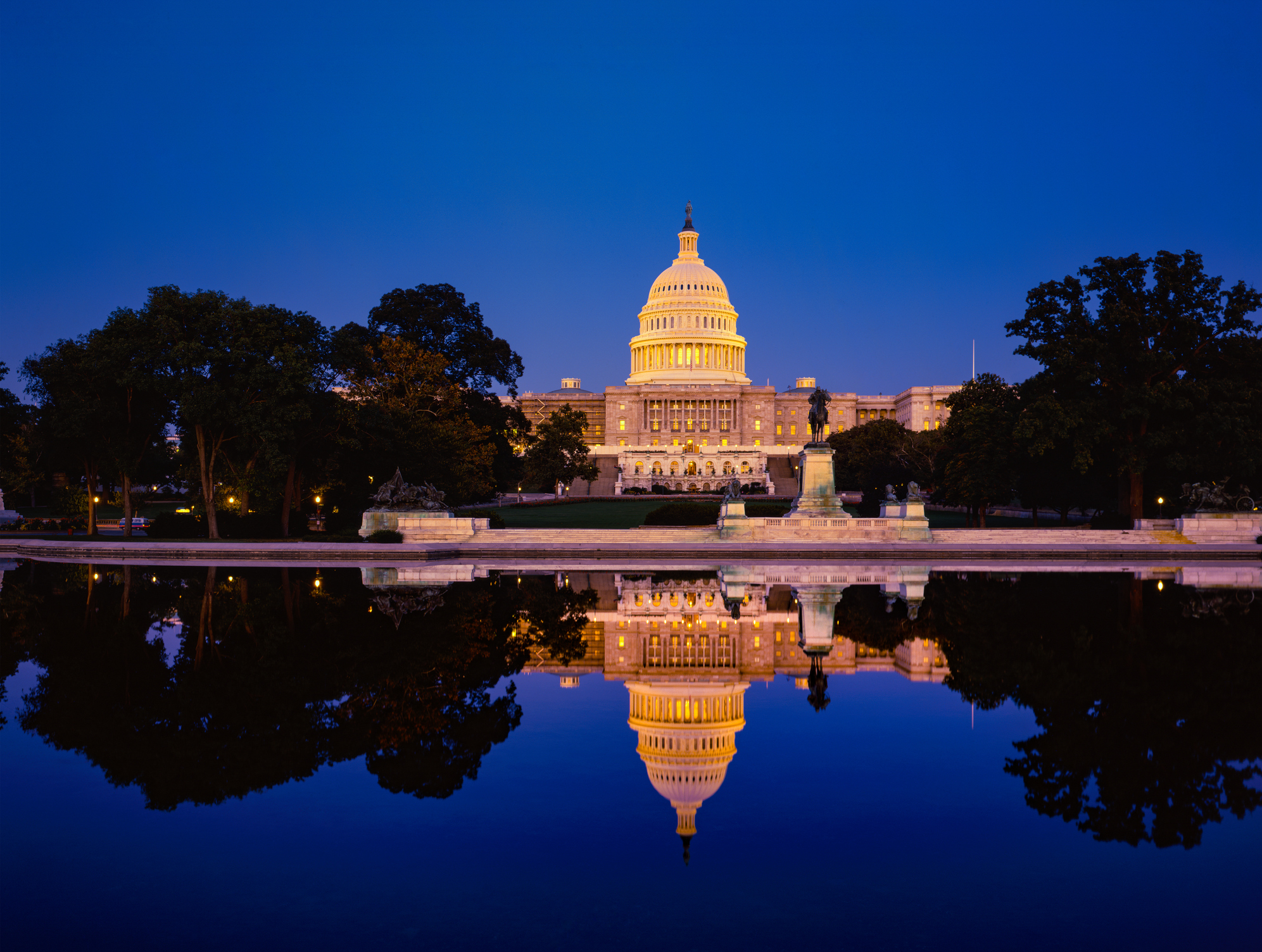
THIS ARTICLE IS MORE THAN FIVE YEARS OLD
This article is more than five years old. Autism research — and science in general — is constantly evolving, so older articles may contain information or theories that have been reevaluated since their original publication date.
Over the past five days, attendees of the 47th annual meeting of the Society for Neuroscience (SfN) in Washington, D.C., consumed the content of thousands of posters, symposiums, presentations — and, by the looks of it, innumerous cups of coffee.
And now the 30,000-odd neuroscientists from around the world who descended on the U.S. capital have dispersed, their brains brimming with a host of new discoveries from a diversity of disciplines. From organoids in a dish that mimic the brain of a human fetus to an artificial-intelligence tool that translates marmosets’ chatter, there was a lot to absorb.
Spectrum’s news team had it covered. Five reporters penned 46 stories on the most important findings in autism research. You can read it all here. In addition, I asked SfN attendees for their personal take on the meeting and wrote up their reactions in a daily digest.
This year, we hosted a wiki-writing session. SfN attendees learned how to contribute an entry to the Spectrum wiki, a glossary of autism terms written and edited by researchers. Learn how to become an editor by visiting our wiki page.
We also held the annual Spectrum Twitter chat, an online conversation between SfN attendees and the broader autism research community. Here, scientists had another chance to hone their communication skills. Among the hottest topics: the value of animal and stem cell models for understanding autism and related conditions, such as Rett syndrome.
Fast forward:
Among the high points of SfN were the talks that unveiled sophisticated tricks and tools for autism researchers. For instance, the use of induced pluripotent stem cell technology is “on the uptick” in the field, says Emanuel DiCicco-Bloom, professor of neuroscience and cell biology at Rutgers University in New Jersey.
In a study that Spectrum covered, researchers created neural progenitor cells from stem cells taken from individuals with deletions of 16p11.2, a chromosomal region linked to autism. They found that these cells look distinct and behave differently than those from people with other forms of autism.
A lecture on Tuesday by Steven Hyman of the Broad Institute of MIT and Harvard emphasized the value of large data as a way of boosting sample sizes in autism research, says Dorothea Floris, a postdoctoral fellow in Adriana Di Martino’s lab at New York University. “Large sample sizes are key to enable robust conclusions,” she says.
Looking ahead to next year’s SfN, DiCicco-Bloom says that he hopes for more work on methods that could lead to new autism biomarkers, such as eye-tracking or magnetic resonance imaging. “I think a nanosymposium or symposium of these emerging tools would bring new groups at SfN to autism discoveries,” he says.
These new technologies will enable scientists to further characterize autism’s heterogeneity, says David Beversdorf, associate professor of radiology, neurology and psychology at the University of Missouri. “Researchers are more aware that each finding is a piece of the broader puzzle. Progress in this manner is what is needed in order to achieve the goal of developing targeted treatments for autism.”
For more reports from the 2017 Society for Neuroscience annual meeting, please click here.
By joining the discussion, you agree to our privacy policy.